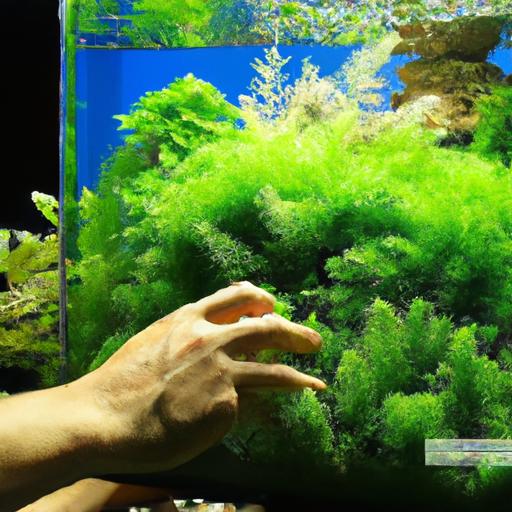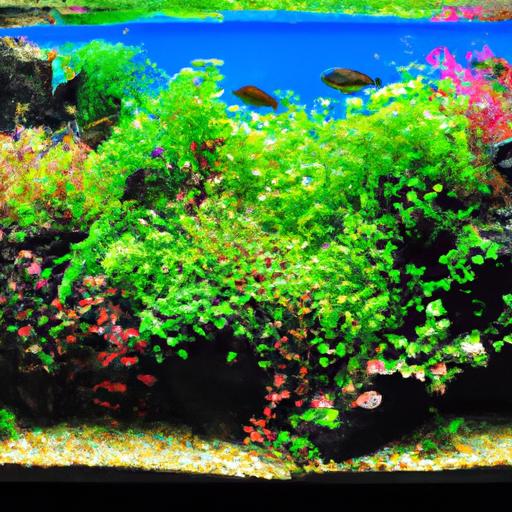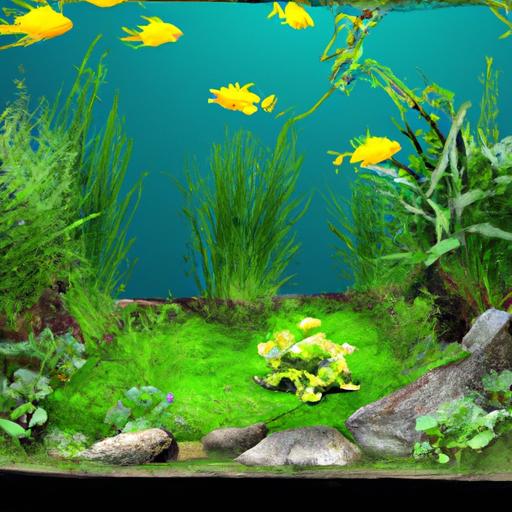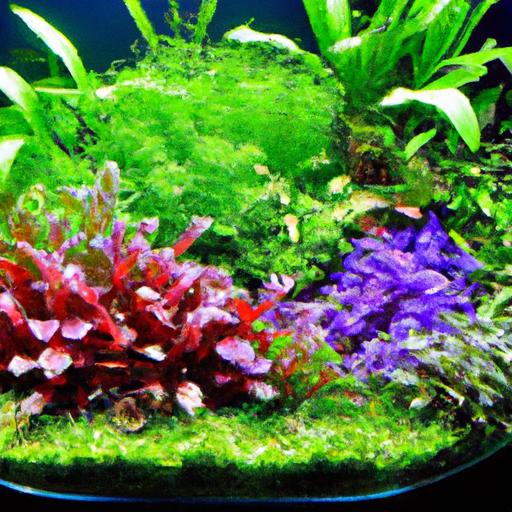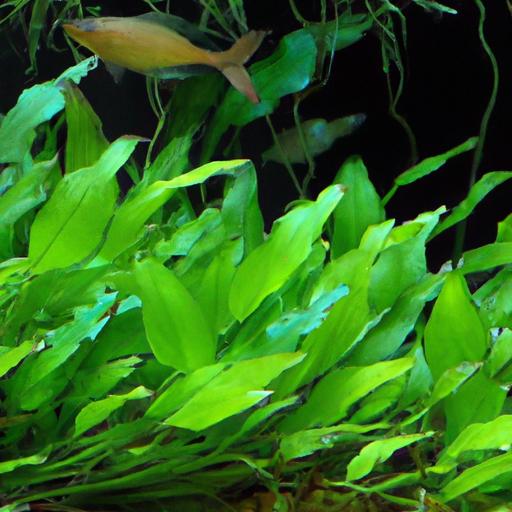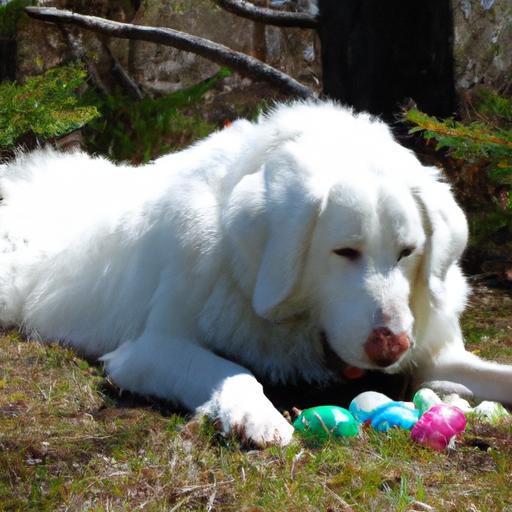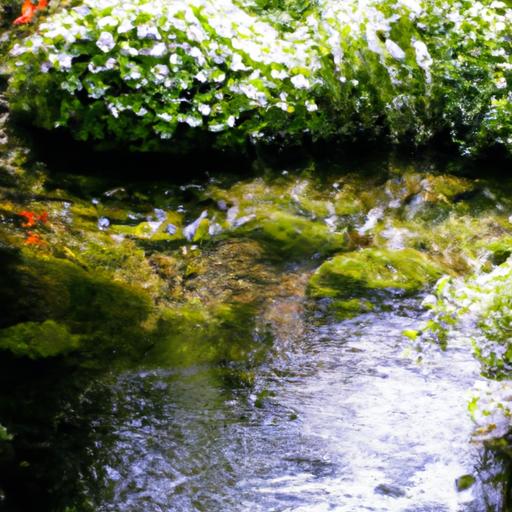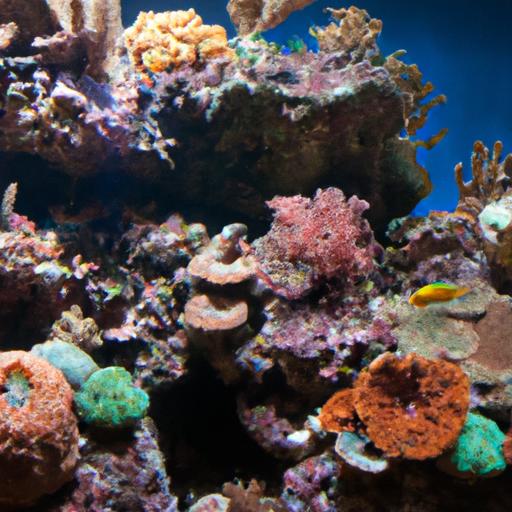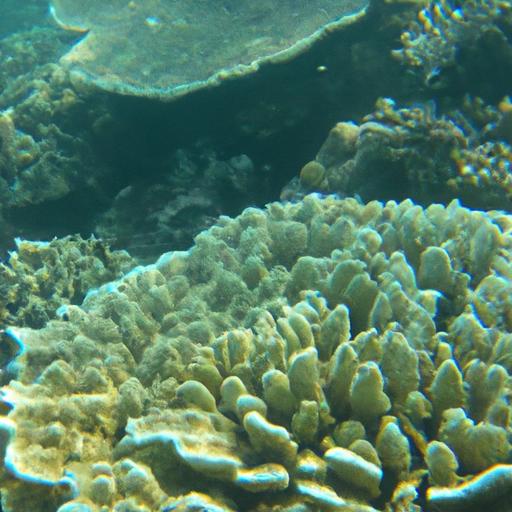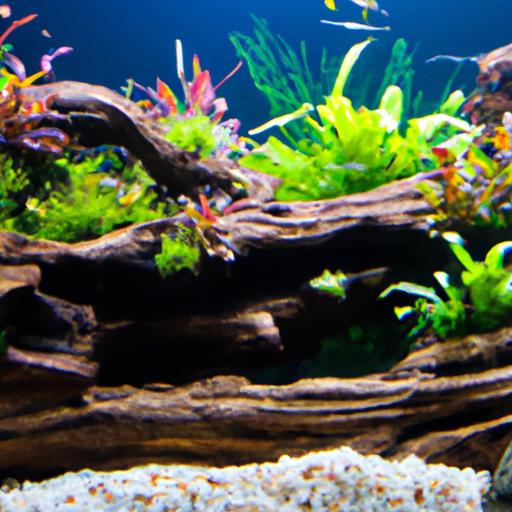
Nurturing a Healthy Tank with Bucephalandra Varieties
Discover the secrets to nurturing a healthy tank with Bucephalandra varieties. Learn essential care tips and techniques for optimal growth and beauty.
Introduction
Welcome to the world of Bucephalandra varieties, where the beauty of aquatic plants meets the serenity of a well-maintained tank. Nurturing a healthy tank is not only essential for the well-being of your Bucephalandra plants but also for creating a captivating and harmonious underwater environment. In this article, we will delve into the intricacies of caring for Bucephalandra varieties, providing you with valuable insights and tips to ensure their flourishing growth.
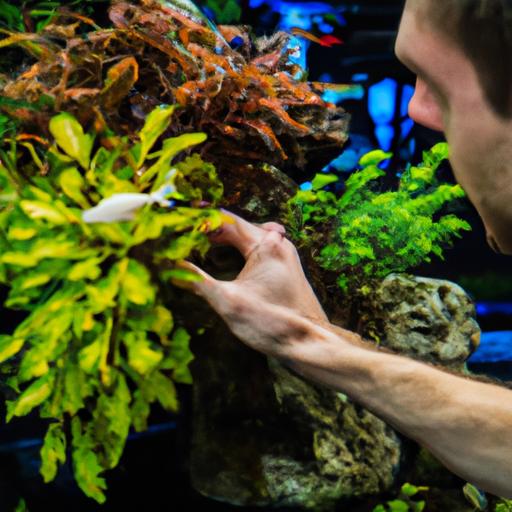
Nurturing Bucephalandra Varieties
Bucephalandra plants are unique and captivating, known for their vibrant colors and intriguing textures. To successfully nurture these exquisite aquatic plants, it is crucial to understand their specific needs and create an environment that mimics their natural habitat.
Understanding the Specific Needs of Bucephalandra Plants
Bucephalandra varieties thrive in tropical environments, typically originating from Borneo. They prefer low to medium light conditions and appreciate the presence of driftwood or rocks in their surroundings. It is important to note that Bucephalandra is a slow-growing plant, requiring patience and consistent care.
Choosing the Right Tank Setup and Equipment for Optimal Growth
When setting up a tank for Bucephalandra, consider selecting an aquarium with a capacity of at least 10 gallons to provide ample space for growth. Opt for a substrate that promotes root development and nutrient absorption, such as a nutrient-rich soil or gravel. Additionally, incorporating a filtration system will help maintain water quality and stability.
Providing Appropriate Lighting and Temperature Conditions
Bucephalandra varieties thrive in moderate lighting conditions. LED lights with adjustable intensity provide an excellent choice for achieving the ideal light levels. It is crucial to avoid excessive exposure to direct sunlight, as it can lead to algae growth and harm the plants.
Maintaining a stable water temperature is essential for the well-being of Bucephalandra. Aim for a temperature range of 75-82°F (24-28°C) to ensure optimal growth and prevent stress to the plants.
Maintaining Proper Water Parameters and Quality
Water parameters play a vital role in the health of Bucephalandra varieties. Aim for a pH level between 6.0 and 7.5, and maintain a moderate hardness level of 2-15 dKH. Regular water testing is essential to monitor and maintain these parameters, ensuring a healthy aquatic environment.
To maintain water quality, perform regular water changes of 10-20% every one to two weeks. This helps remove excess nutrients and prevent the buildup of harmful substances that can hinder plant growth.
Fertilization and Supplementation Techniques for Bucephalandra
Providing adequate nutrients is crucial for the optimal growth of Bucephalandra varieties. Consider using a comprehensive liquid fertilizer or substrate fertilizers specifically designed for aquatic plants. It is important to follow the recommended dosage to avoid over-fertilization, which can lead to algae problems.
Supplementing with carbon dioxide (CO2) can also enhance the growth of Bucephalandra. CO2 injection systems or liquid carbon supplements are available options to consider. However, it is important to monitor the CO2 levels and adjust accordingly to prevent any adverse effects on the plants and aquatic life.
Frequently Asked Questions (FAQ)
What are the common challenges in growing Bucephalandra varieties?
Growing Bucephalandra can pose challenges, especially for beginners. Some common challenges include maintaining optimal water parameters, preventing algae growth, and providing the right amount of light. However, with proper research, patience, and consistent care, these challenges can be overcome.
How often should Bucephalandra be trimmed or pruned?
Bucephalandra is a slow-growing plant, and trimming or pruning is not frequently required. However, if you notice excessive growth or the need to shape the plants, trimming can be done every few months. Remember to use clean, sharp scissors or pruning tools to avoid damaging the plants.
Can Bucephalandra be grown in low-tech tanks?
Yes, Bucephalandra can be successfully grown in low-tech tanks. While they prefer moderate lighting, they can adapt to lower light conditions. It is important to choose suitable varieties and provide adequate nutrients to ensure their growth and health in low-tech setups.
What are some compatible tank mates for Bucephalandra?
Bucephalandra varieties can coexist harmoniously with a variety of aquatic species. Consider choosing peaceful community fish, such as tetras, gouramis, or rasboras. Shrimps, snails, and small bottom-dwelling fish, like Corydoras catfish, can also be great companions for Bucephalandra.
Conclusion
In conclusion, nurturing a healthy tank with Bucephalandra varieties is a rewarding experience that allows you to create a captivating underwater oasis. By understanding the specific needs of these plants, choosing the right tank setup and equipment, providing appropriate lighting and temperature conditions, maintaining proper water parameters and quality, and utilizing fertilization techniques, you can ensure the thriving growth of your Bucephalandra. Embrace the beauty of Bucephalandra in your aquarium and enjoy the serenity it brings to your aquatic haven.
